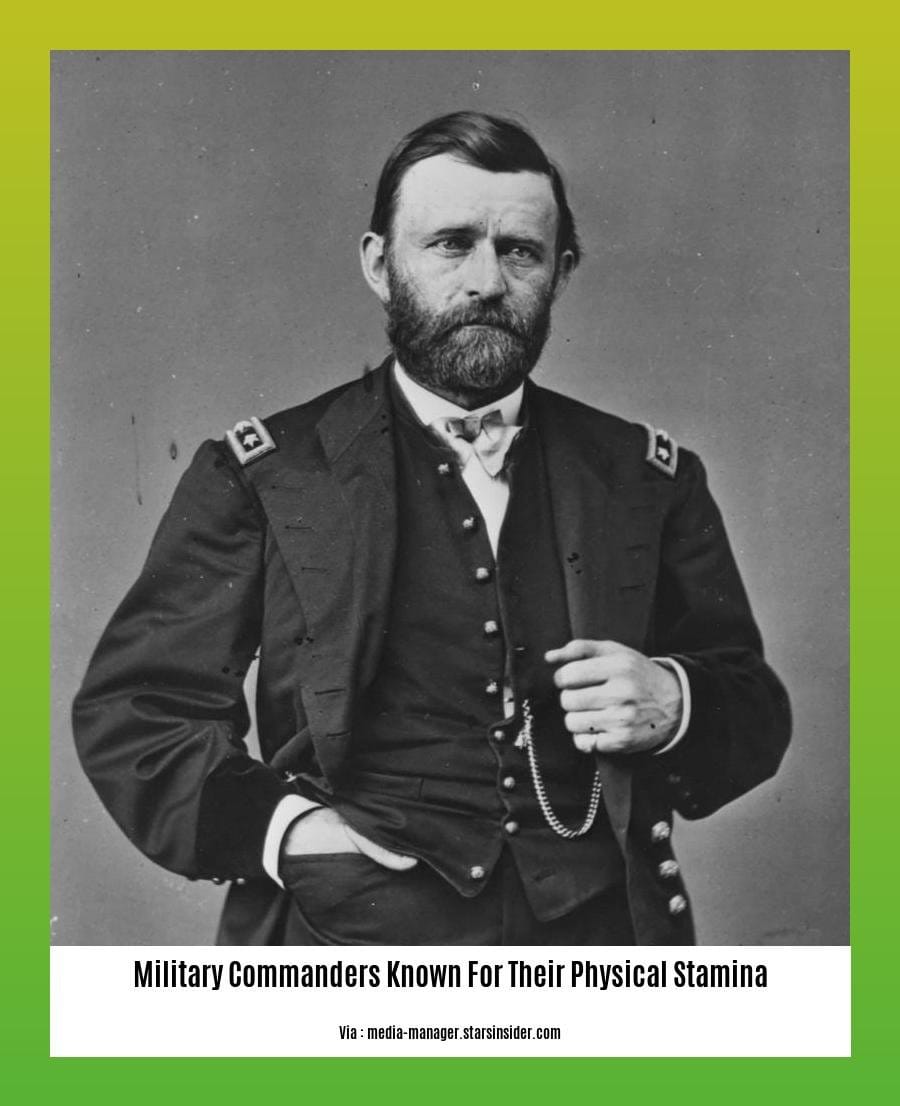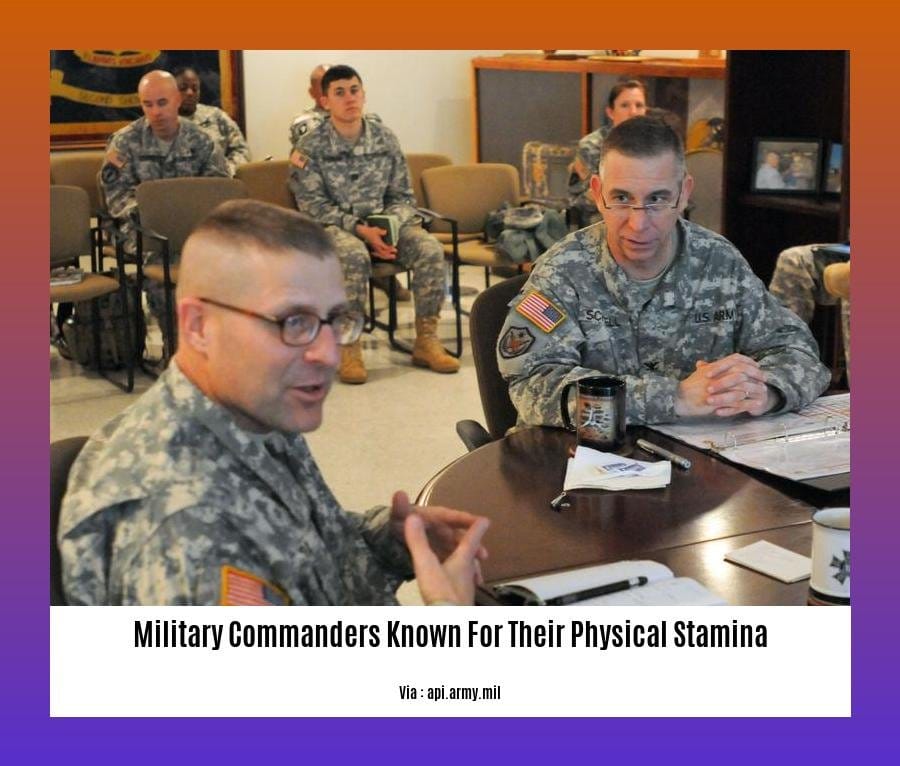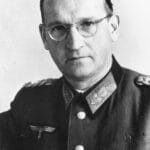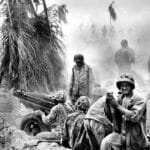Get ready to dive into the extraordinary world of Legendary Military Commanders Known for Their Physical Stamina! Discover the thrilling tales of generals who led from the front lines, including the enigmatic figure who masterminded the Battle of Quebec. Uncover the untold story of France’s surrender to the German army and delve into the secrets of Thayer’s enduring legacy. Brace yourself for a captivating journey through military history, where physical prowess meets strategic brilliance!

Key Takeaways:
- Physical fitness is essential for the combat readiness of a military unit.
- Many officers fail to meet physical test standards.
- Unit commanders need to have a firm understanding of their troops’ physical abilities.
- Training should incorporate a wide range of physical tasks to foster diverse capabilities.
- The military is committed to improving soldier fitness through physical training and technological initiatives.
- Commanders should develop training programs that improve physical fitness while safeguarding against potential injuries.
Military Commanders Known for Their Physical Stamina
In the annals of military history, physical stamina has been a defining trait of countless legendary commanders. These individuals possessed an extraordinary ability to endure the rigors of combat and maintain their mental acuity under extreme pressure. Their physical prowess often played a pivotal role in their strategic decision-making and ultimately shaped the outcomes of battles and wars. One famous example is Gaius Marius, a Roman general who emphasized physical fitness and reformed the Roman army to prioritize endurance and stamina.
Alexander the Great was renowned for his unparalleled physical endurance and agility. He led his armies on grueling campaigns through treacherous terrain, often covering vast distances on foot. His remarkable physical stamina allowed him to maintain his troops’ morale and execute daring military maneuvers.
Another example is Theodore Roosevelt, the 26th President of the United States and a distinguished military commander. Roosevelt’s love for outdoor adventures and strenuous physical activity influenced his military leadership style. He believed in leading from the front and setting an example of physical toughness for his troops.
Physical stamina is not merely a matter of physical strength but also mental fortitude. Erwin Rommel, the German general known as the “Desert Fox,” displayed exceptional resilience and determination during his campaigns in North Africa. Despite facing overwhelming odds, Rommel’s physical stamina and unwavering spirit enabled him to outmaneuver his opponents and achieve remarkable victories.
Douglas MacArthur, the American general who led the Allied forces in the Pacific during World War II, was known for his relentless drive and physical endurance. He led his troops through brutal jungle terrain, often marching alongside them and enduring the same hardships. His physical stamina and unwavering determination inspired his troops and contributed to the Allies’ eventual victory.
These are just a few examples of the countless military commanders known for their physical stamina. Their extraordinary endurance and resilience served as powerful tools in their military campaigns, shaping the course of history. Their legacy continues to inspire soldiers to strive for physical excellence and mental fortitude, knowing that these qualities can make all the difference on the battlefield.
In history, great military leaders shared outstanding endurance and resilience on the battlefield. To know more about these incredible leaders check out military leaders of incredible endurance and fortitude and commanders who led from the front lines.
They were also relentlessly loved by their troops, to know more about them see the tireless commanders loved by troops.
What Month Did France Surrender To The German Army?
While physical stamina is crucial for military strength and readiness, many would be surprised to learn that a significant portion of army officers struggle to achieve full marks on physical tests. Unit commanders need to be aware of the physical capabilities of their troops and emphasize a variety of physical tasks in training to enhance the talent pool. The Army is continually exploring ways to improve soldier fitness through physical training and other initiatives, and commanders should implement training programs that enhance physical conditioning while minimizing injuries.
Key Takeaways:
- On June 22, 1940, France surrendered to Germany.
- The German forces had overran Belgium and the Netherlands, drove the British Expeditionary Force from France, and captured Paris.
- France was subsequently divided into a German occupation zone in the north and west, a small Italian occupation zone in the southeast, and a collaborationist rump state in the south (Vichy France).
Citation
Thayer + YOU
Thayer + YOU is focused on providing historically-sound and engaging content about military history. We believe that history has much to teach us about leadership, strategy, and the human condition. By exploring the lives and experiences of legendary military commanders, we aim to help you develop the knowledge and skills you need to succeed in your own leadership journey.
Key Takeaways:
- Leaders should prioritize physical fitness to enhance endurance, adaptability, and resilience.
- Moral courage is crucial for leaders to make ethical decisions and stand up for what is right.
- Effective communication is essential in leadership to build trust and foster understanding.
- Duty and honor must be upheld by leaders, demonstrating loyalty, integrity, and courage.
- Physical and recreational opportunities help prevent anxiety and improve overall well-being among Soldiers.
Most Relevant URL Source:

FAQ
Q1: Which legendary military commander was known for his exceptional physical stamina and endurance?
Q2: What specific physical challenges and hardships did these commanders face during their campaigns?
Q3: How did their physical fortitude contribute to their strategic decision-making and leadership abilities?
Q4: What are the key lessons that modern military leaders can learn from the physical endurance and resilience of these legendary commanders?
Q5: Are there historical examples of military commanders who faced physical limitations or disabilities but still achieved great success?
- Unlock Water’s Symbolism: A Cross-Cultural Exploration - April 20, 2025
- Identify Black and White Snakes: Venomous or Harmless? - April 20, 2025
- Unlocking Potential: Origins High School’s NYC Story - April 20, 2025















